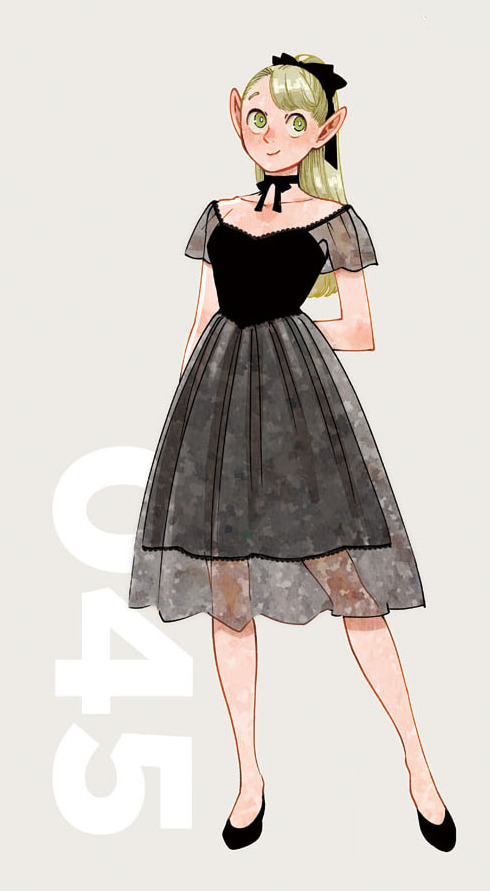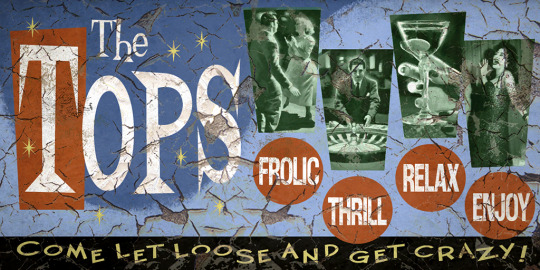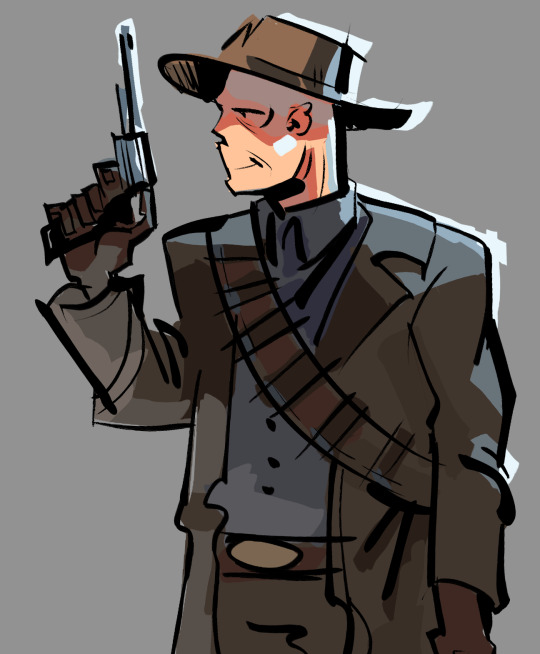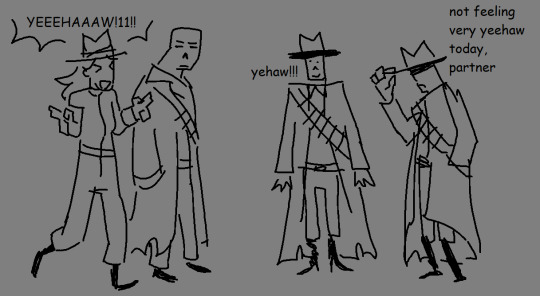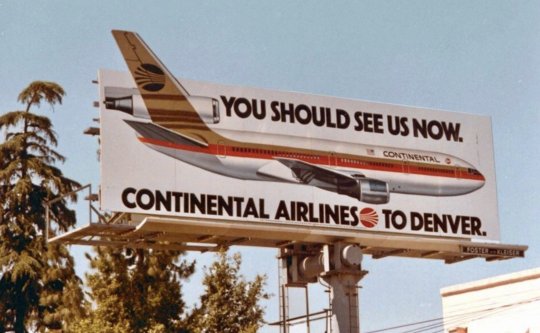Text
Hunger satisfied, we headed out to the swimming pool area to check on the Solarium. This air-conditioned area is open for guests 16 year old and above, so no running or screaming children allowed. Escape to this top deck retreat exclusively for adults, with peaceful swimming pools, whirlpools with ocean views, a full-service bar, plenty of seating, daybeds and nooks that are primed for unwinding. At the current moment, nobody was soaking in the pool yet; probably still munching on their lunch.
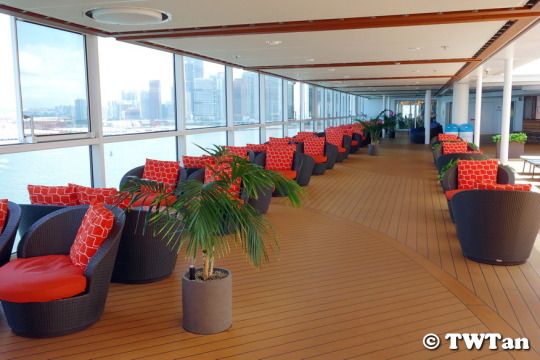

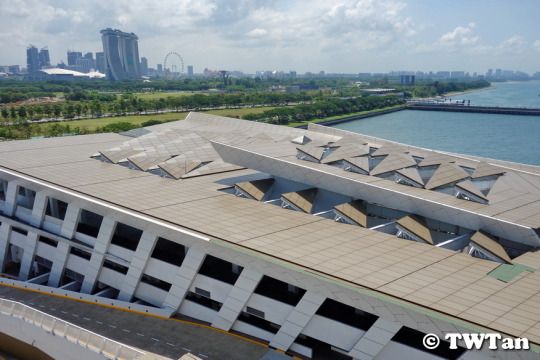


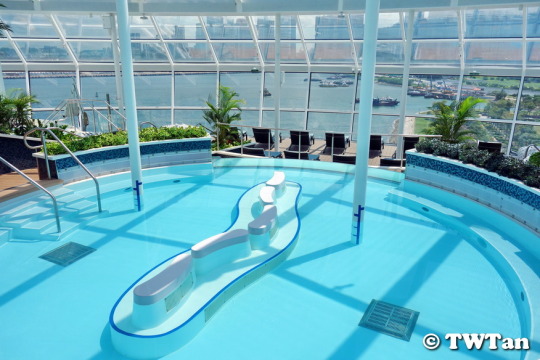
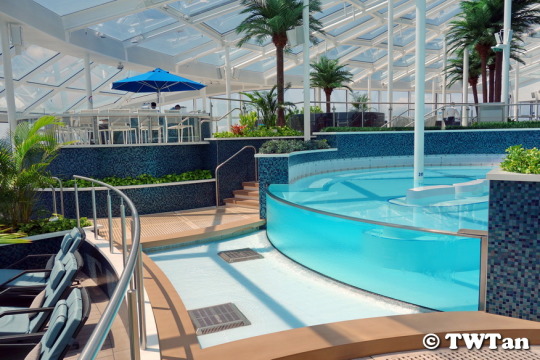
7 notes
·
View notes
Text






ah, i want to keep up the act, i have to smile, since i don't really have anything going for me...
126 notes
·
View notes
Text
ohhh fuck off. someone learned my summoning ritual again. ill be right back
128K notes
·
View notes
Text

The series reminded me why I fell in love with Fallout all those years ago
5K notes
·
View notes
Photo










70′s & 80′s Local Television “Technical Difficulties” Station IDs/Bumpers
1. WPTF-TV, Durham/Raleigh/Fayetteville, North Carolina, 80′s
2. WTTW-TV, Chicago, Illinois, 1981
3. WPXI-TV, Pittsburgh, Pennsylvania, 1986
4. WGN-TV, Chicago, Illinois, 70′s
5. WZTV-TV, Nashville, Tennessee, 1977
6. WXNE-TV, Boston, Massachusetts, 1986
7. KYW-TV, Philadelphia, Pennsylvania, 1977
8. WGN-TV, Chicago, Illinois, 1983
9. WNEV-TV, Boston, Massachusetts, 1984
10. KMGH-TV, Denver, Colorado, 1981
39K notes
·
View notes
Text
Project #5 - R+D: Written Synthesis & Mood Board


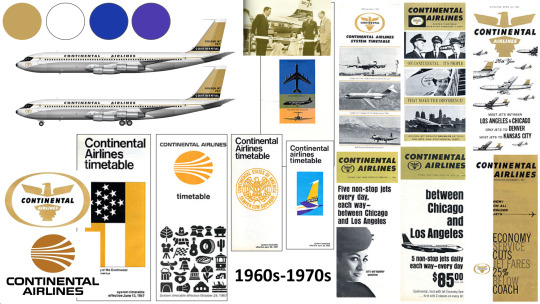


Continental Air commenced its operations in July of 1934 under the South Western Division of Varney Speedlines. In 1937, the airline changed its name from "Varney Air Transport" to "Continental" to reflect the vision of its CEO at the time, Robert F. Six, who envisioned the airline expanding throughout the United States. The company was headquartered in El Paso, Texas, and prioritized airmail services to Santa Fe and Albuquerque, New Mexico. Later, Varney Speedlines extended its routes to Nevada, Colorado, Oklahoma, and Missouri. Over time, the company also introduced transportation services for passengers, using a range of aircraft models. Some of the notable airliners included the Lockheed Model 9 Orion (single-engine, six passengers), the Lockheed Electra Junior (twin engine, six passengers), the Lockheed Lodestar (radial engine, eighteen passengers), and the Boeing 707 Aircraft (189 passengers). Over the course of more than 70 years of operation, the airline has merged with multiple commercial airline services, including Pioneer Airlines in 1955, Texas International Airlines in 1982, and assets of Frontier and New York Air in 1986. In 1987, Continental became the largest airline company in the United States. However, disagreements between the airline and workers of Texas Air Corporation, as well as acquired debt and multiple bankruptcies throughout the 1980s and 1990s, caused the company to struggle financially, leading to a decrease in flight routes, reduced seating capacity, and continuous employee layoffs. Continental eventually merged with United Airlines in 2012.
When establishing a marketing objective for Continental Airlines, one must consider the company's past bankruptcy. In the 1990s, before the company merged with United Airlines, a marketing campaign was launched to improve its reputation. The marketing objectives included four main areas: market, financial, product, and people. To establish a stronger presence in major cities like Newark, Houston, and Cleveland, the company aimed to target mainly businesspeople. To tackle financial issues, Continental eliminated unprofitable flights and aimed to increase the availability of desired flights. Additionally, the company remodeled the customer experience to be more welcoming and pleasant, while prioritizing accurate departure and arrival times. The employment sector received the most significant overhaul, with layoffs occurring to improve the distribution of finances across the company. These measures were necessary due to the company's history of mergers, bankruptcy, and financial debt. Continental Airlines had several goals and objectives, all aimed at providing excellent passenger and transportation services and expanding the airline's reach throughout the United States. One of these goals was to train employees for long-term careers, with education on understanding the market, increasing revenue, improving the product - including efficient transportation and customer service - and transforming the corporate culture. Overall, Continental strived to improve its services and grow its business while prioritizing the development of its employees.
The main competitors of Continental are other airlines across the United States, such as Air Canada, American, Lufthansa, Emirates, and Delta. Although, less popular modes of transportation including Greyhound (bus transportation), Amtrak (train transportation), and cars also pose competition. Due to the emergence of innovative technologies during the 2020 pandemic, resources like Zoom and Microsoft Teams have made it easier for employees to connect with employers online, causing a decrease in business travels.
In the past, the airline's advertisements targeted businessmen who frequently traveled within the United States and internationally. To cater to this affluent business clientele, Continental provided luxury amenities such as an on-plane pub named the "Sky Pub" and lounge on flights to Chicago, Houston, and Denver. Additionally, Continental offered a variety of snacks and meal options, as well as drinks, which were no longer provided by their competitors. Initially, Continental aimed to make air travel more affordable for the average American middle-class family and also targeted these groups with flights to popular family-centered destinations, such as California or Orlando.
When reviewing the assumptions made about Continental Airlines and its services, some people may perceive the company as providing basic or cheap services. This is in contrast to the company's previous image of being patriotic and pro-American from the 1940s and into the late 60s. The name "Continental" can also be associated with popular hotel chains' continental breakfast, which is also perceived as basic and cheap. Continental Airlines also faces significant difficulties in balancing the cost of flights with rates and providing good services, which can compromise the company's image and make it appear unfocused, unserious, and unprepared. This can drive away the targeted audience and clientele of the company.
Continental Airlines offers affordable airfare to destinations worldwide, prioritizing exceptional service at every point of contact with guests. Continental Airlines is committed to delivering on its promise of providing an exceptional flying experience. To ensure this, the airline offers free meals with multiple options, prepared by professional chefs who tailor the menu to the flight destination, taking into account the local culture. With over 2400 daily departures to five different continents, Continental Airlines provides passengers with headphones, pillows, wool blankets, and amenity kits before take-off, depending on the type of flight. Additionally, Continental Airlines is the first commercial airline to offer satellite-based Wi-Fi on international flights, enabling streaming TV on the seat-back screens. Every seat also comes with charging ports for enhanced convenience.
Continental Airlines went through several rebranding phases throughout its operation. In the 1930s and 1940s, the company positioned itself after the Great Depression and during America's involvement in World War II as a patriotic business that was proud of the American spirit. Their color scheme was mainly red, white, and blue, with illustrations of their planes and American iconography, and a logo featuring an American bald eagle. In the 1960s-1970s, the company shifted away from bold patriotism and into a more serious, muted branding that aimed to be more corporate and sophisticated to attract a business clientele. The eagle logo was replaced with the jet stream, reflecting the company's goal of transporting people to international destinations quickly and efficiently. The color scheme was primarily gold, black, white, and gray, but eventually incorporated other color palettes such as blue, green, and red to appeal more to the average middle-class family. In the 1970s-1980s, the company aimed for a more playful and friendly look to attract its targeted clientele. The minimalism of this period was intended to appear more approachable and welcoming.
Continental Airlines' "Must-Haves" include ensuring that passengers arrive at their desired destinations on time with their luggage, maintaining on-time arrival and departure schedules, advertising cost-friendly travel, and providing exceptional customer service throughout the entire flight experience. Additionally, the airline should have attractive branding with a clean, modern logo, and a cohesive brand identity. Management ought to demonstrate leadership by fostering a clean and collaborative team environment and promoting positive attitudes among staff and employees. Continental Airlines cannot afford to have undesirable flights and fails to attract clients by maintaining an inefficient daily flight schedule with too many flights going to the same destination.
3 notes
·
View notes
Text
Project #5 - R+D: Written Synthesis & Mood Board
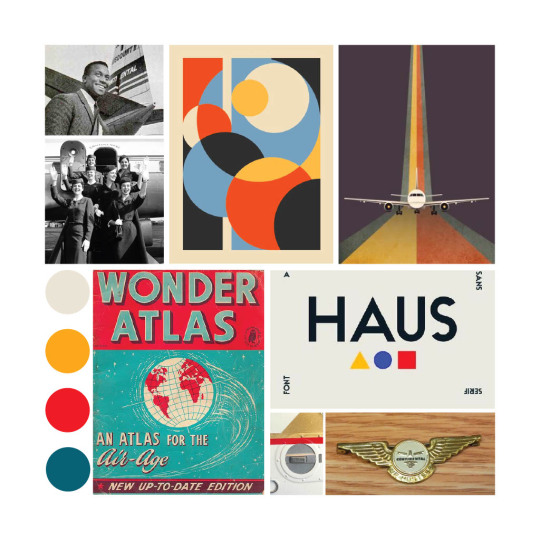
(Revised Post)
Continental Air began operating in July 1934 as part of Varney Speedlines. It later changed its name to "Continental" to reflect its CEO's vision of expanding across the US. The airline offered airmail and passenger services using several aircraft models. Over time, it merged with multiple commercial airlines and became the largest airline in the US in 1987. However, financial struggles caused by debt and multiple bankruptcies led to a decrease in flight routes, reduced seating capacity, and employee layoffs. Continental eventually merged with United Airlines in 2012. The company's marketing objectives, after launching a campaign to enhance its reputation, included four main areas: market, finance, product, and people. To strengthen its presence in cities such as Newark, Houston, and Cleveland, Continental targeted businesspeople. It eliminated unprofitable flights, improved customer experience, and laid off employees to address financial issues. With a focus on expanding its reach and providing excellent services, Continental aimed to train employees for long-term careers, increasing revenue and transforming the corporate culture.
Continental's main competitors include other US airlines like Air Canada, American, Lufthansa, Emirates, and Delta. Greyhound, Amtrak, and cars also pose competition. Innovative technologies like Zoom and Teams have reduced business travel. Previously, the airline targeted frequent business travelers by offering luxury amenities like an on-plane pub and lounge. They also provided snacks, meal options, and drinks that were not available on competitor airlines. The airline later expanded its services to include affordable flights to popular family-centered destinations.
Continental Airlines is often viewed as providing basic or cheap services, which is a contrast to its previous patriotic image. The name "Continental" is associated with a basic and inexpensive breakfast, further reinforcing this perception. Balancing flight costs with rates and delivering quality services is a significant challenge for the airline, which can undermine its image and drive away its target audience and clientele. Continental Airlines prioritizes affordable air travel with exceptional service. Passengers enjoy free meals, customized for each flight's destination, and amenities like headphones and blankets. The airline offers satellite-based Wi-Fi on international flights and charging ports for every seat.
Continental Airlines rebranded several times. In the 1930s-40s, it was patriotic; the 1960s-70s saw a corporate shift; the 1970s-90s had a playful, friendly look. The company's "Must-Haves" include timely and efficient travel, cost-friendly fares, exceptional customer service, attractive branding, and a positive team environment. To avoid undesirable flights, they maintain an efficient daily flight schedule, avoid over-scheduling to a single destination, and promote a cohesive brand identity.
2 notes
·
View notes












